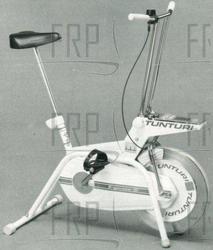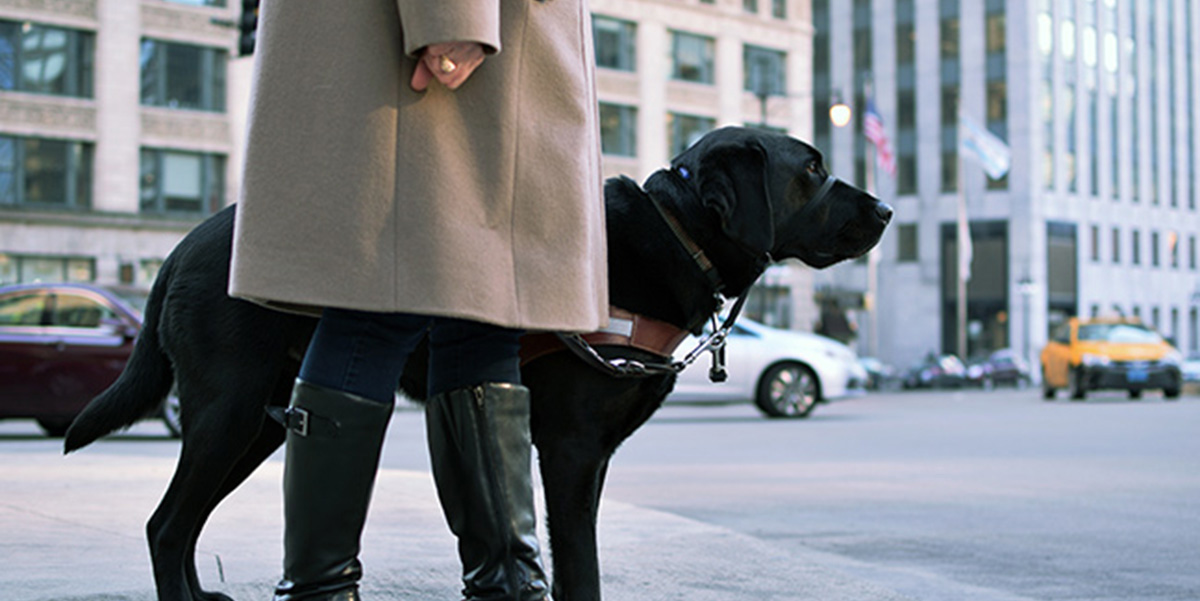Something you should throw away…but you probably never will
May 28, 2016 • 11 Comments • Posted in blindness, careers/jobs for people who are blind, memoir writing, writing promptsA ratty old handmade afghan. A Tunturi Executive Ergometer W Original stationary bicycle. A batik flamingo. A collection of broken watches. A 49-year-old steam iron. That list is a small sampling of the precious items the writers in my memoir classes wrote about when I assigned “Something I own that I should throw away…and probably never will.”

There’s the Tunturi Executive that lives on. And on.
Writers had all sorts of reasons for keeping their treasures. Kathy grew up in Kentucky, and when she moved to Chicago as a young adult she realized she was afraid to ride her bicycle in city traffic. “But a stationery bike! A Tunturi Executive Ergometer W Original! That could be the answer!” With a convenient bookrack on the handlebars, she was sure she could shape up her “post-4-pregnancies-body” while simultaneously upgrading her “literary bona fides.”
You can guess the rest. For nearly 50 years now, Kathy’s Tunturi Executive Ergometer W Original has sat idle in one room after another. eBay calls the Tunturi Executive Ergometer W Original “vintage” and offers one for $50. “But eBay will never get mine!” Kathy declared in her essay. “It isn’t exactly new, but it certainly isn’t used! I will use it someday. Just call me a cock-eyed optimist.”
After going on a special tour of Chicago’s Field Museum and seeing thousands upon thousands of relics stashed away in “huge mausoleum-like chests of drawers where no human is likely to accidentally see them,” Al reasoned it is absolutely fine for him to squirrel away dozens of old dead watches in a drawer at home. He wears his father’s elegant Bulova Watch from time to time. “It’s accurate at least twice a day.”
Mary Lou’s brown, rust and orange-colored afghan was made by a cousin who contracted polio when the two of them were ten. Her cousin Susan wore a back brace and used a wheelchair, but she had enough mobility in her hands to take up crocheting. Susan was especially fond of Mary Lou’s father, and he was the first to receive one of her handmade afghans. “A great fuss was made at the presentation,” Mary Lou wrote. “So now you understand why I will never discard that raggedy afghan.”
Lorraine’s essay described the two-foot tall shocking pink flamingo on black silk her husband gave her when their first baby girl was born and said it still reeks of the ‘80’s, cigarette smoke and all. “If it had been a jacket instead of a wall-hanging, it would be on sale at Etsy Vintage for $32.” Lorraine’s husband died when their baby girl was seven years old. “Flamingos no longer decorate cool bars and chic eateries or loft apartments.” Lorraine wrote. “They are as scarce as they are in real life. I still have one.”
When Regan’s baby Joe was born, her mother gifted her with an iron so she could iron the baby’s clothes. “My mother, Agnes, went to church at the ironing board,” Regan wrote, describing how ironing had calmed her mother’s nerves – and relieved her mother’s hangovers – when Regan was growing up. “As she conquered the wrinkles at hand her furrowed malcontented brow smoothed out,” Regan wrote. Wondering why she’s held on to the iron her mother gave her all those years ago? Find out by reading Regan’s essay in its entirety. Regan publishes her essays on her own Back Story blog.



